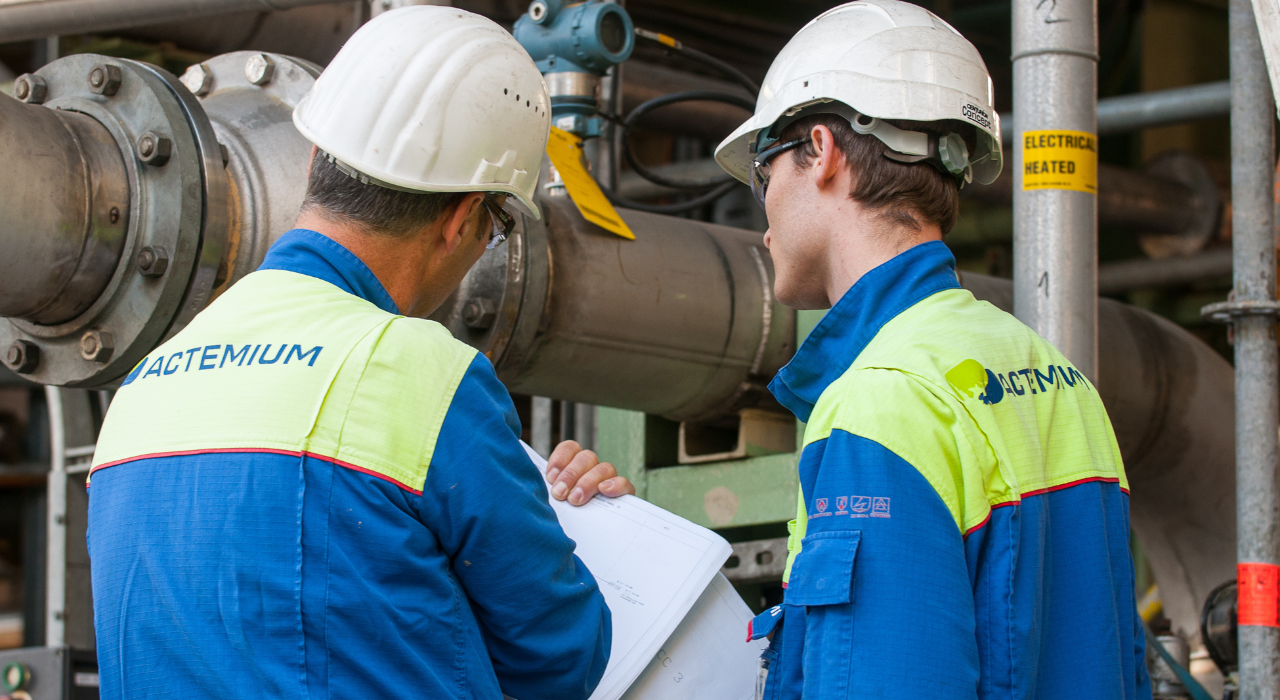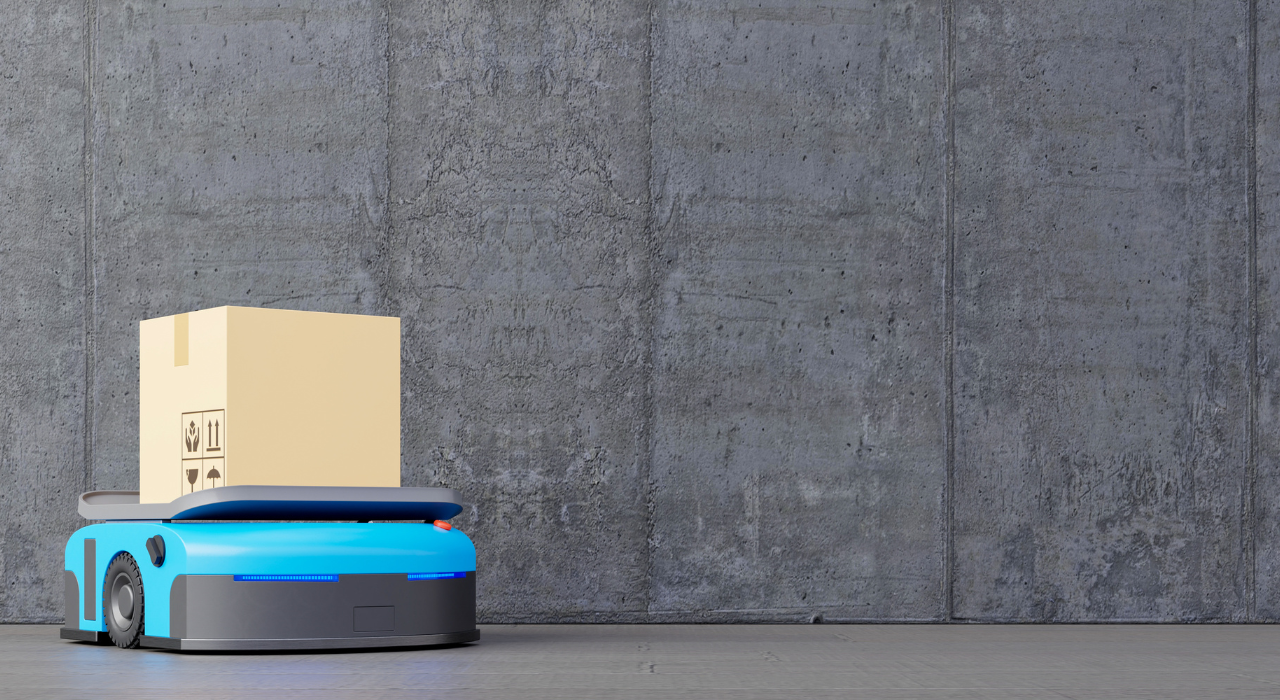When addressing maintenance challenges, it’s tempting to default to simply replacing worn or failed components as issues arise. While this approach may seem quick and convenient, the costs—both immediate and long-term—can add up significantly. In contrast, investing in a thoughtfully engineered solution can not only reduce recurring maintenance expenses but also improve system reliability, efficiency, and longevity. Rather than reacting to problems, an engineered approach proactively solves them at the source.
CHALLENGE:
One of our customers were experiencing repeated failures with a digital output card, choosing each time to simply replace the faulty unit. While this approach temporarily restored functionality, it did nothing to address the root cause of the problem. As the failures continued, the cost—in both downtime and replacement parts—began to accumulate. This situation highlights a common pitfall in maintenance strategies: focusing on quick fixes rather than identifying and resolving underlying issues through engineered solutions.
ANALYSIS:
Across countless facilities and industries, there are millions of output cards operating reliably day in and day out. These components are often the unsung heroes of automation systems, consistently delivering performance without interruption. Their dependable operation is a testament to robust design and quality manufacturing, proving that when engineered correctly, even the most frequently used parts can stand the test of time.
There are several factors that can lead to the failure of a digital output card. Electrical issues such as overvoltage, short circuits, or ground faults are among the most common culprits. Environmental conditions—like excessive heat, moisture, dust, or vibration—can also degrade performance over time. Additionally, improper installation, poor wiring practices, or a lack of adequate surge protection can accelerate wear or cause immediate damage. In some cases, failure may also stem from system-level issues, such as repeated switching of high-load devices without proper isolation. Identifying these root causes is essential to preventing repeat failures and improving long-term reliability.
The root cause of the customer’s output card failures was excessive current draw from the connected solenoids, each pulling approximately 2.75 amps per cycle. While the output card is rated for a maximum of 2 amps per channel, the system was utilizing 8 of the 16 outputs simultaneously placing not only individual channels over their current limit, but also exceeding the total current capacity of the entire output module. This consistent overloading stressed the card beyond its design specifications, ultimately leading to repeated failures.
SOLUTIONS OPTIONS:
- One option is to simply replace the I/O card with an identical model. This approach restores functionality quickly and requires minimal troubleshooting or engineering effort. However, while it may seem like a straightforward solution, it does not address the reason for the repeated failure. Over time, continually replacing the same component can result in escalating costs and persistent downtime, making this reactive strategy less cost-effective than it initially appears.
- An alternative approach is to replace the failed I/O card with two relay cards. While this option involves a higher upfront cost compared to simply replacing the original card, it also requires the purchase of additional base units and modifications to the existing PLC programming. Despite the added complexity, this solution offers increased protection and isolation for the outputs, potentially extending the life of the system and reducing the likelihood of future failures. In many cases, this investment pays off over time by improving system reliability and lowering ongoing maintenance costs.
- Another effective solution is to add a solid state terminal block relay to the existing output card. This option requires no changes to the PLC programming, making it a straightforward and cost-efficient upgrade. In addition to simplifying implementation, these relays significantly enhance the system’s durability by handling up to 6 amps per channel—compared to the original I/O card’s 2-amp maximum. That is a %200 increase in power handling. This approach offers an excellent balance of protection, performance, and long-term savings.
CHOSEN SOLUTIONS:
After careful evaluation, Solution 3 was selected due to its simplicity and minimal impact on the existing PLC logic. It offered a 200% increase in current handling capacity, providing a robust safeguard against overload conditions. Additionally, the low cost of individual relay replacements and the ease of swapping them out in their holders made this option highly practical and cost-effective for long-term maintenance. This solution delivered the necessary protection and performance improvements without introducing unnecessary complexity to the system.
Our engineered maintenance solutions are designed to address the root cause—not just the symptoms—so you can reduce downtime, control costs, and improve system reliability. Learn how we can help you build a more resilient system.




